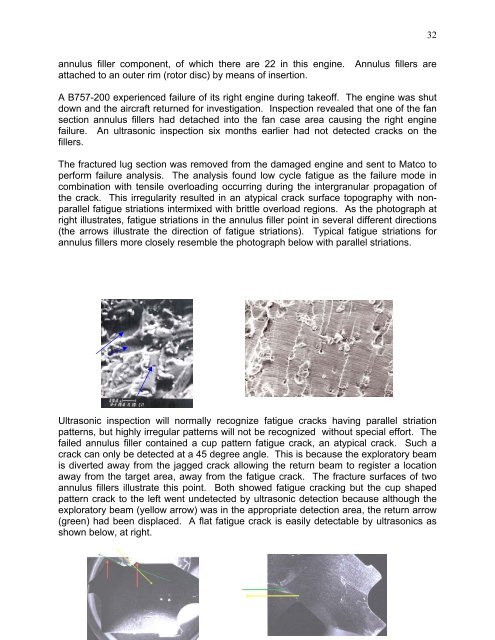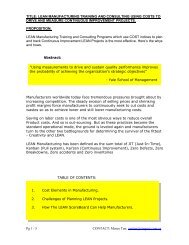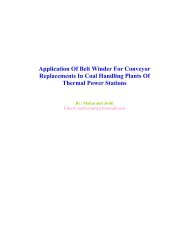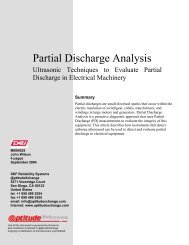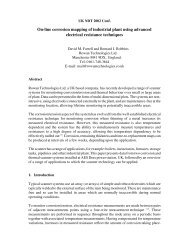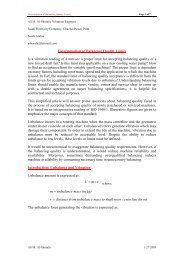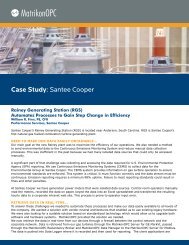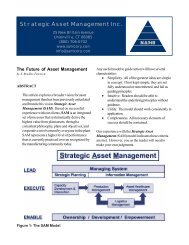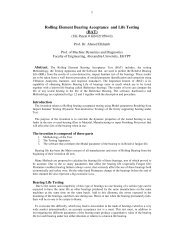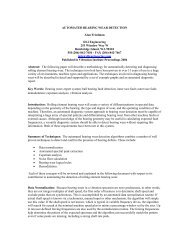A Re-Examination of Failure Analysis and Root Cause Determination
A Re-Examination of Failure Analysis and Root Cause Determination
A Re-Examination of Failure Analysis and Root Cause Determination
- No tags were found...
You also want an ePaper? Increase the reach of your titles
YUMPU automatically turns print PDFs into web optimized ePapers that Google loves.
32annulus filler component, <strong>of</strong> which there are 22 in this engine. Annulus fillers areattached to an outer rim (rotor disc) by means <strong>of</strong> insertion.A B757-200 experienced failure <strong>of</strong> its right engine during take<strong>of</strong>f. The engine was shutdown <strong>and</strong> the aircraft returned for investigation. Inspection revealed that one <strong>of</strong> the fansection annulus fillers had detached into the fan case area causing the right enginefailure. An ultrasonic inspection six months earlier had not detected cracks on thefillers.The fractured lug section was removed from the damaged engine <strong>and</strong> sent to Matco toperform failure analysis. The analysis found low cycle fatigue as the failure mode incombination with tensile overloading occurring during the intergranular propagation <strong>of</strong>the crack. This irregularity resulted in an atypical crack surface topography with nonparallelfatigue striations intermixed with brittle overload regions. As the photograph atright illustrates, fatigue striations in the annulus filler point in several different directions(the arrows illustrate the direction <strong>of</strong> fatigue striations). Typical fatigue striations forannulus fillers more closely resemble the photograph below with parallel striations.Ultrasonic inspection will normally recognize fatigue cracks having parallel striationpatterns, but highly irregular patterns will not be recognized without special effort. Thefailed annulus filler contained a cup pattern fatigue crack, an atypical crack. Such acrack can only be detected at a 45 degree angle. This is because the exploratory beamis diverted away from the jagged crack allowing the return beam to register a locationaway from the target area, away from the fatigue crack. The fracture surfaces <strong>of</strong> twoannulus fillers illustrate this point. Both showed fatigue cracking but the cup shapedpattern crack to the left went undetected by ultrasonic detection because although theexploratory beam (yellow arrow) was in the appropriate detection area, the return arrow(green) had been displaced. A flat fatigue crack is easily detectable by ultrasonics asshown below, at right.


